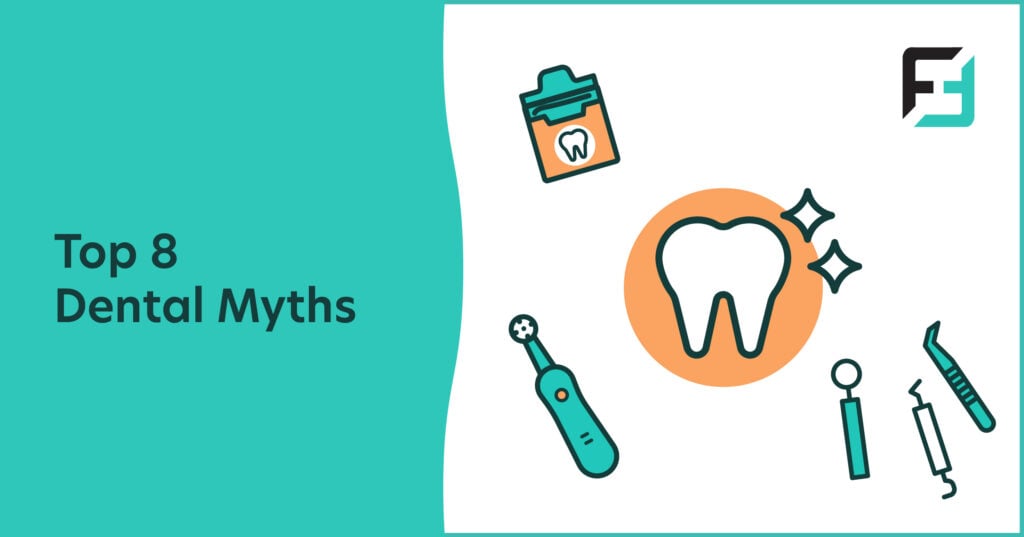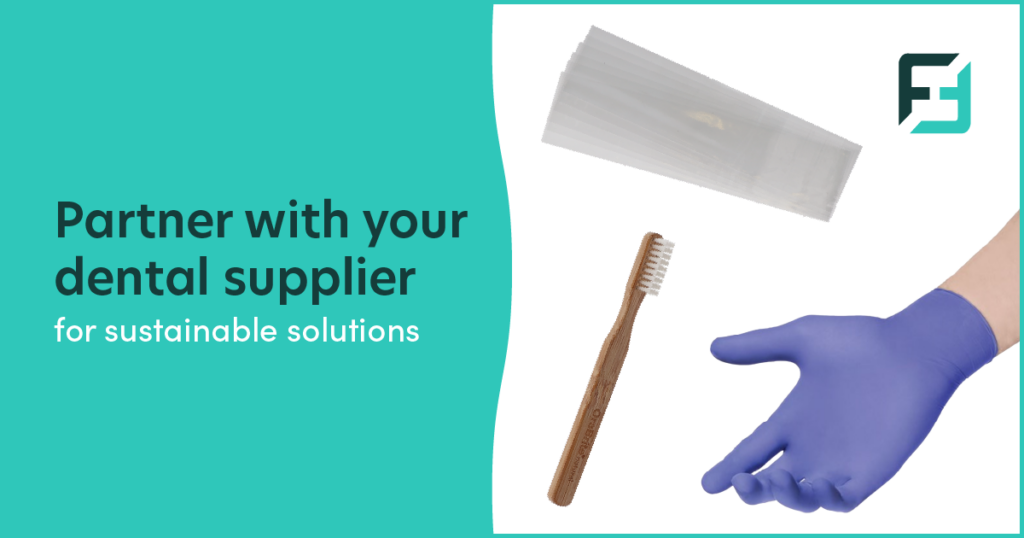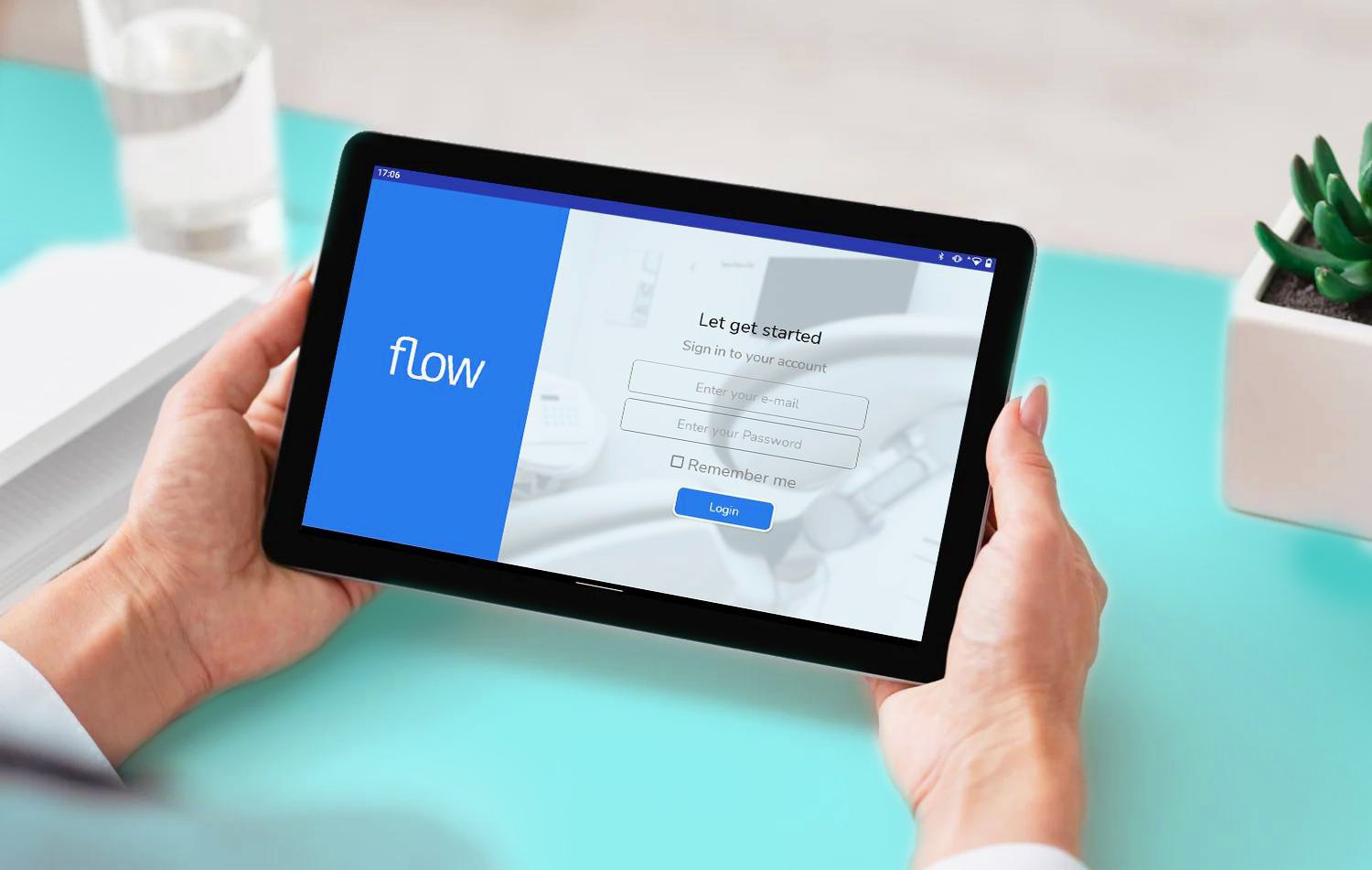Trooths about your toothbrush that’ll make you go aaahhhh!
To breakdown the electric vs manual toothbrush debate, we need to look at the bigger picture. Many of us are not privy to the pros and cons of the type of brush we use. Despite the fact that using the wrong brush can increase our chances of gum disease, cavities, etc.
Keeping your teeth clean and healthy is essential for good oral hygiene; therefore, your toothbrush is one of the most important tools to achieve this outcome. With so many options available, it is hard to decide which method is best for you.
Round 1: The Electric Toothbrush
The electric toothbrush is efficient, effective, and easy to use. Its rotating or vibrating head removes more plaque and debris than the standard manual toothbrush. Built-in timers are another useful feature in most electric toothbrushes to ensure you brush your teeth for the recommended two minutes. Lastly, like most technology, the electric toothbrush brings ease to your morning routine – all you need is to hold the brush head to your teeth and let it do the work.
However, the electric toothbrush is not all pros; unfortunately, technology comes with its own challenges. The biggest con for the electric toothbrush is the cost, as they tend to be more expensive. Furthermore, you will need to change the brush head every few months. Secondly, it requires regular charging to operate. So, if you forget to plug it in, your electric toothbrush has become manual, along with all its cons. Last but not least, the electric toothbrush does not lend itself as well to travel due to its bulky size and charging plug that may not be the same as your destination. Ultimately, it can be hard to maintain your oral hygiene with an electric toothbrush while on the road.
Round 2: The Manual Toothbrush
The manual toothbrush succeeds where the electric toothbrush fails – in affordability, convenience, and travel-friendliness. Manual toothbrushes are cheaper and more widely available in stores, thus more accessible to the general public. The lack of batteries or charging requirements makes them convenient. Lastly, the manual toothbrush, as small and compact as it is, makes it great for maintaining oral hygiene while traveling.
But when it comes to a manual toothbrush, do its cons outweigh the pros? They require more effort and skill to use effectively and can be harder-to-reach areas of your mouth. Most people do not mimic the rotating effect of an electric toothbrush, ultimately leading to plaque buildup and a higher risk of cavities and gum disease. Using a manual timer can also lead to not brushing your teeth long enough, as there is no built-in timer to help.
Conclusion
The debate between electric and manual toothbrushes does not give a definitive answer because both have unique challenges. The verdict might depend on your outlook and perspective. If traveling to a different country, a manual toothbrush is more likely to help you maintain your oral hygiene. However, when it comes to effectiveness at attacking plaque, you cannot beat the efficiency of the electric toothbrush.
Ultimately, the choice is up to the consumer and their personal preference. The takeaway should be that brushing your teeth twice daily for at least two minutes should be in your daily routine. Whatever method you use, your toothbrush is essential in achieving and maintaining good oral hygiene and reducing your need to visit the dentist.
At Frontier Dental Supply, we believe you should always go the extra smile for your oral health.




